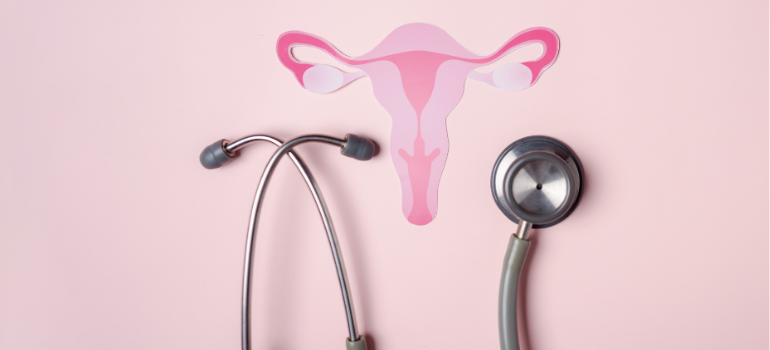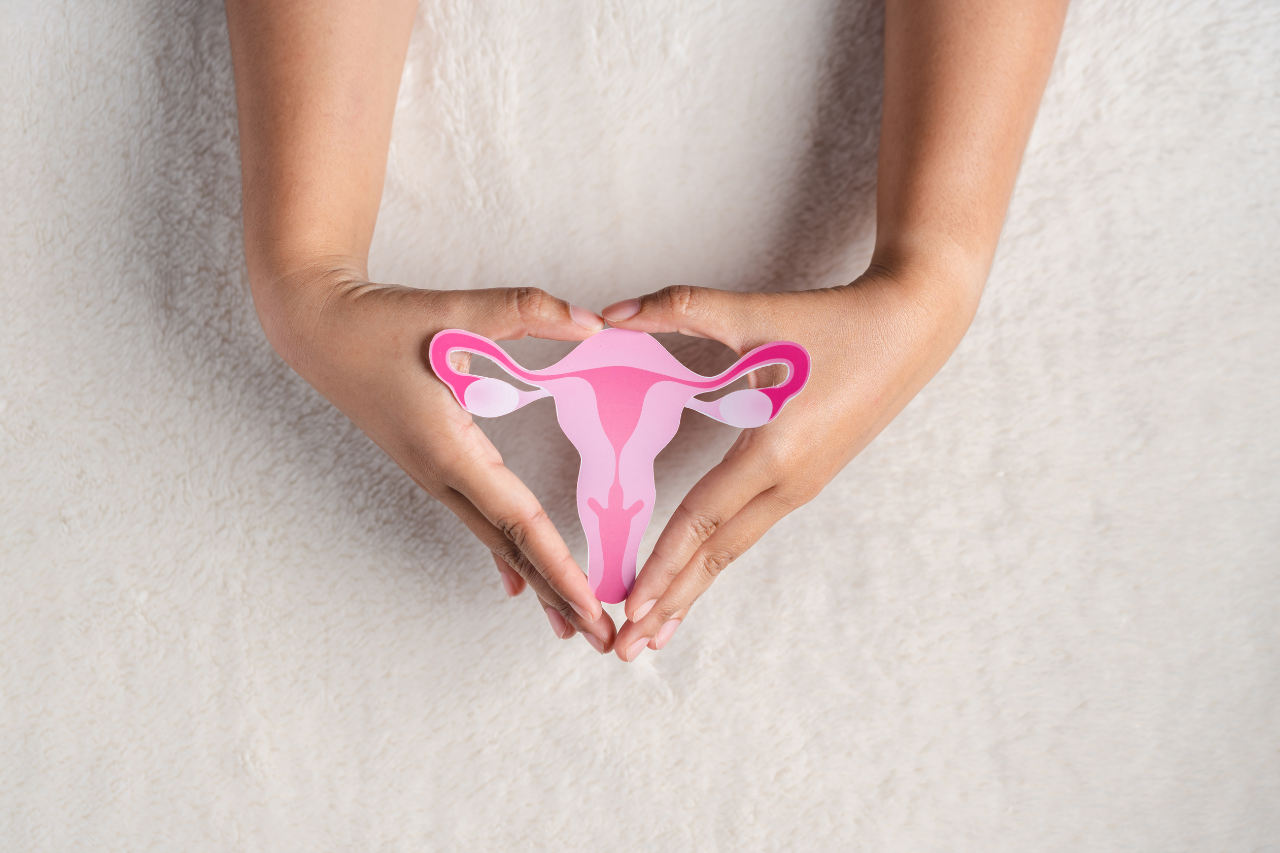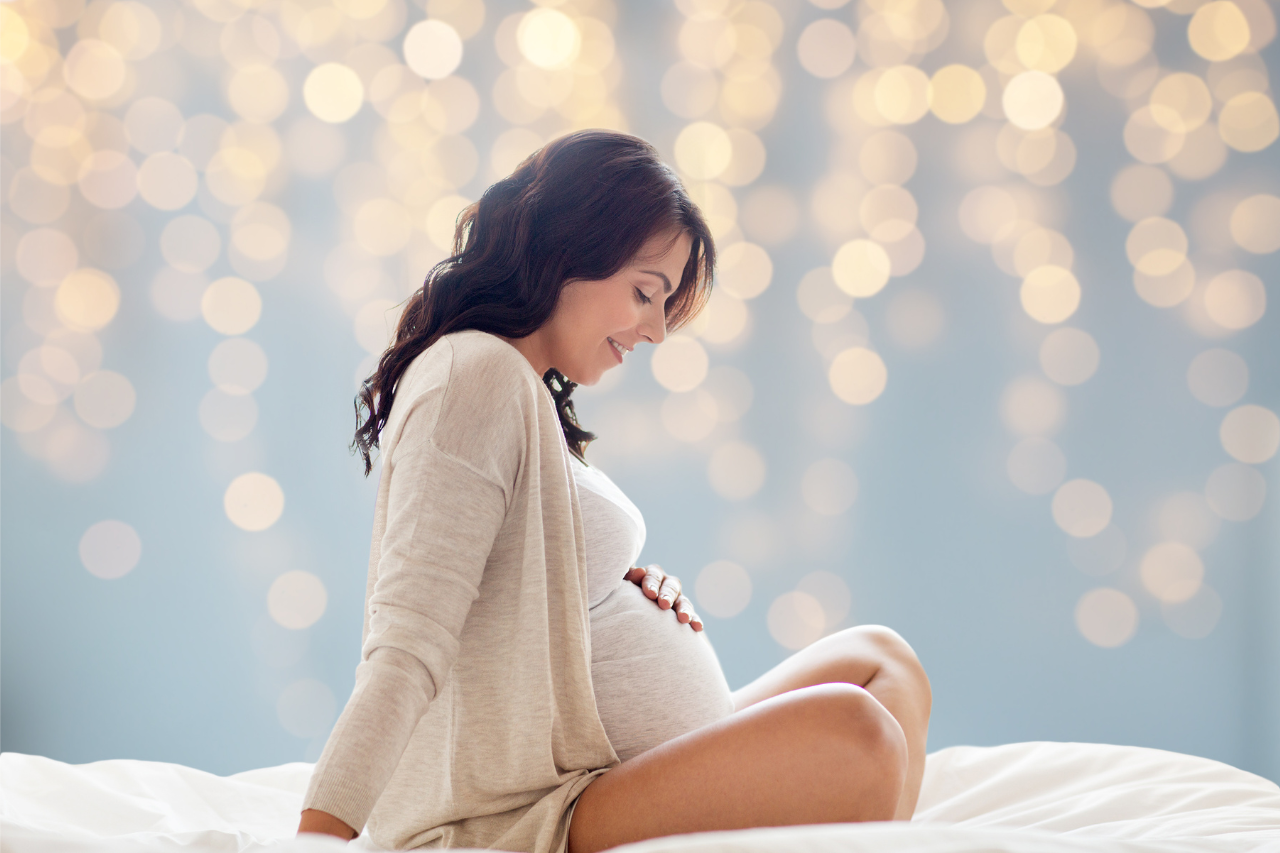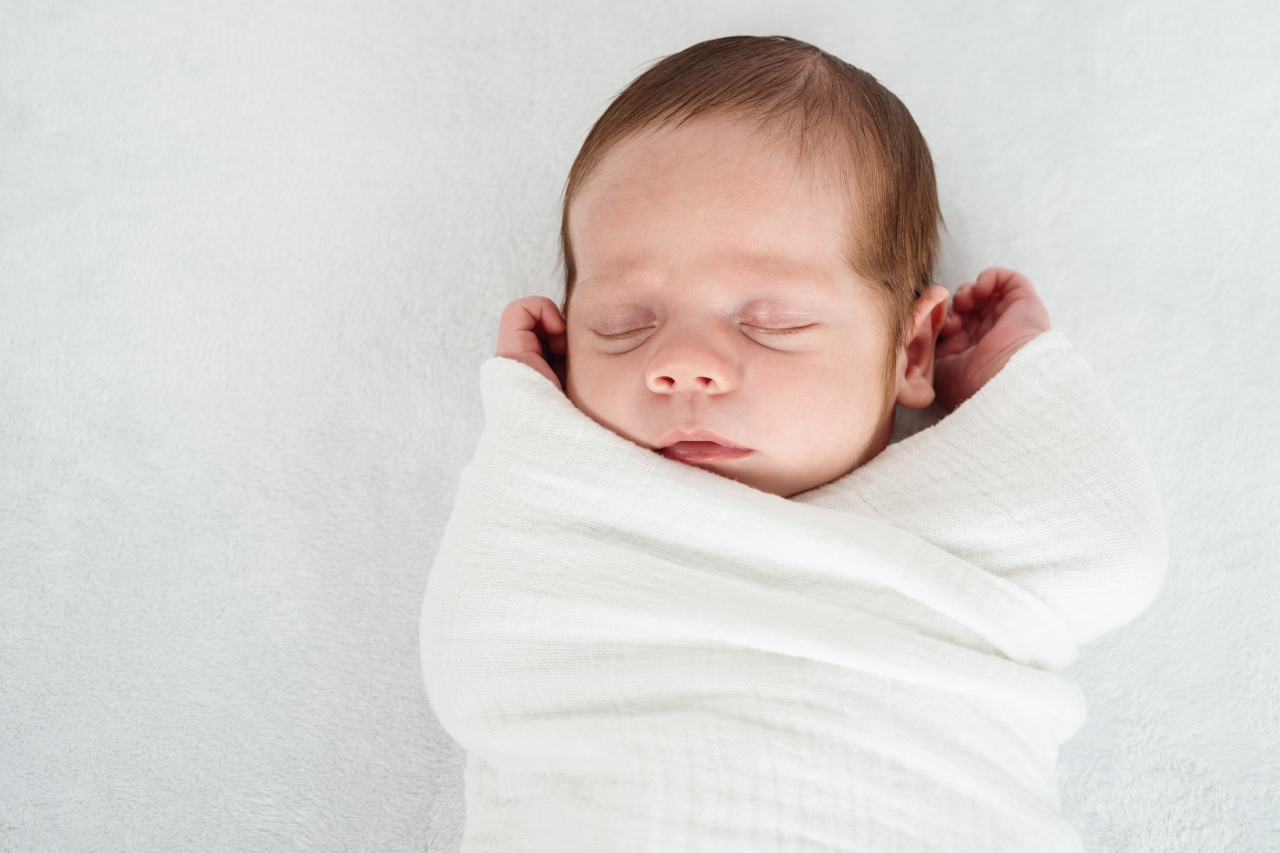
Will I really run out of eggs? Understanding your ovarian reserve
The decision to become parents is not only about desire and emotional maturity, but also about the biological age of our reproductive system. Therefore, in addition to reserves of love for the baby we want to bring into the world, there must also be reserves of ovaries.
What is “ovarian reserve”?
Although nature has endowed women with one of the greatest gifts, the ability to give birth to a child, it has also made sure to set time limits, and of course we are referring to the egg reserve in ovaries. Since women cannot produce new eggs, the ones they already have, begin to decrease over time until the age of menopause, when ovulation no longer occurs.

Anatomy of ovaries
The better you know your body and its reproductive capabilities, the more consciously, timely and proactively you will ensure a greater percentage of the conditions to become a mother.
Let’s get started… Egg reserve is the pool of eggs that remain in your ovaries with reproductive potential as you grow older. Your ovaries are located on either side of the uterus, they are about 3 to 5 cm long and oval in shape.
They contain follicles which host the immature eggs inside. Your hormones every month create stimulation in many of these follicles to cause the eggs to mature. Although there is a number of activated follicles, known as cohort, only one dominant egg is released each month, so we have the process of ovulation, and simultaneously, the decay of the remaining eggs.
When the mature egg that is released from the ovary, meets and unites with the sperm that is in your reproductive tract, fertilization takes place. Pregnancy will be achieved once the fertilized egg has developed and implanted in the uterus. This is the reason why sexual intercourse is recommended during the period of ovulation.
Eggs in numbers
Just thinking that a network of tissue cells that make up the female reproductive system produce a human, makes you awe and revere the miracle of life creation. And the key to everything is the egg. Their number isn’t the only contributing factor to getting pregnant. However, you should consider it if you plan to have children now or later. So, if you are wondering how many eggs you are born with, the table below will help you understand.
|
Age |
Number of eggs |
|
Birth |
One to two million eggs |
|
Puberty |
300,000 to 500,000 eggs |
| 20s |
150,000 to 300,000 eggs |
| Early 30s |
100,000 to 150,000 eggs |
| Late 30s |
Roughly 27,000 eggs |
| Early 40s |
5,000 to 10,000 eggs |
| Menopause |
About zero to 1,000 eggs |
Determining factor, your age
As you can see, the number of eggs, as well as their quality, has to do with age. Your ovaries will release about 500 mature eggs from your teenage years to menopause which are considered the fertile years. The most fertile period of your life starts from your 20s until your early 30s, while after 35 more and more women face difficulties getting pregnant due to a sharp decline in the number and quality of eggs.
As the number of eggs decreases, so does the size of the monthly cohort, that means the ovulation. The ability of the ovary to select and release an egg each month becomes increasingly difficult, as the follicles and potential available eggs decrease.
A fact that also makes it difficult to attempt in vitro fertilization or egg freezing.

Counting your eggs
There are special tests that can help you know your ovarian reserve.
- AMH test
This test, known as the “Egg-timer test”, measures anti-Müllerian hormone, which is secreted by the follicles in the ovaries. AMH blood levels can measure the number of eggs in your ovaries, based on age. Normal levels vary from lab to lab but range as follows:
A normal AMH is usually found at these levels:
Age AMH levels (pmol/l)
20-29 13.1-53.8
30-34 6.8-47.8
35-39 5.5-37.4
40-44 0.7-21.2
45 – 50 0.3 – 14.7
- “Number of antrum follicles”.
The follicular cavity is the part of a follicle that is filled with follicular fluid.
The maturation of the follicles located in this field gives us the first indication that it passes to the next stage of maturation, that is, from a primary follicle to a secondary one.
This specific examination is a fairly simple procedure which is performed with high-quality and high-definition ultrasound equipment, usually in the first week after the period. This allows your doctor to measure the number of follicles containing eggs in your ovaries, evaluating their supply for the future, but not their quality. Nevertheless, this method can help to predict the chance rate for a successful IVF treatment.
This number varies from month to month and also from age to age.
If it is less than 6 it is low, while greater than 12 indicates that there is a high stock.
Let’s see it based on age:
Age 25 to 34, AFC from 10 to 13.
Age 35 to 40, AFC from 10 to 8.
Age 41 to 46, AFC from 7 to 5.
- FSH and estradiol (E2)
Follicle-stimulating hormone helps manage the menstrual cycle and stimulate the ovaries to produce eggs. One of the functions of estradiol is its participation in the maturation and maintenance of the reproductive system. During the menstrual cycle, estradiol levels must be elevated in order for an egg to mature and be released. The increase in estradiol helps thicken the lining of the uterus so that it is ready to receive the implantation of a fertilized egg.
In this specific test, these two hormones are measured simultaneously, from the 2nd to the 4th day of the period. A high value of one or both hormones indicates that there is a low number of spare eggs in the ovaries.

Possible causes of reduced ovarian reserve
- Genetic predisposition: The ovarian reserve decreases at a young age in a natural way.
- Autoimmune diseases: When the body produces antibodies against the ovarian tissue itself, damaging the follicles.
- Chemotherapy or radiation therapy: Can damage the genetic material of eggs
- Life Style: Smoking, alcohol consumption, obesity, sedentary lifestyle, lack of exercise.
Every effort is worth it
The ability to reproduce in women is determined by many factors, because everyone is different. There are women who can have a child, even with a low ovarian reserve, with the help of assisted reproduction techniques such as IVF.
Before resorting to egg donation, trust your natural cycle, and with science as an ally you have a good chance that your own eggs will create and give life to your own child.



